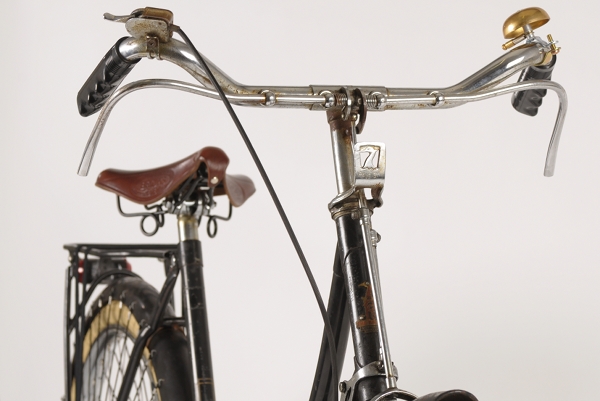What does it mean, when we say that a bicycle manufacturer has a long history? There are manufacturers out there, whose names are legendary and whose origins date back more than a century. Bianchi was founded in 1885, Raleigh in 1887 and Gazelle in 1892. All three brands still exist today, and the company literature stresses their historical roots. After all, history means legacy, tradition, substance and trust - setting these brands apart from newcomers. But is it really accurate to connect the bikes currently produced under these brand names to their vintage predecessors? After all, Bianchi is now owned by Cycleurope, Gazelle by the Glide Buy Out Fund, and Raleigh by Derby International - venture capital conglomerates that own or manage a variety of brands. Not only has the ownership changed dramatically, but so have the basic designs, the methods production, the facilities, the country of production, and oftentimes the quality of the product. What is it then, that gives the manufacturer continuity?
When a small manufacturer with a history is acquired by a conglomerate, there are usually designers and marketing people assigned to manage the brand's "image." They research what it was that made the brand iconic, what associations the customer base has come to have with the brand name, and they incorporate these elements into the company's literature, advertising campaigns and mission statements. But is this sufficient?
On the other hand, there are brand names that, years after having ceased production, have been resurrected by a new owner who ardently tries to continue making the bicycles in the original tradition. René Herse was a French constructeur - a legendary framebuilder who created exquisite randonneuring bicycles in the 1930s-1970s. More than 30 years after Herse's death, the René Herse name was purchased by a man in Colorado, USA, and Herse bicycles are now once again being built - this time by an American framebuilder. Though I have seen only pictures, it is said that the new bicycles look and handle similarly to the originals. Nevertheless, is it the same manufacturer?
When thoroughly examined, there are in fact very few, if any, bicycle manufacturers that have maintained continuity throughout the years. There are brands, once synonymous with quality, that have been sold to lower-tier mail order companies. There are brands that have been acquired by international venture capital firms. There are brands that have been resurrected under new ownership. And there are brands that have switched owners a number of times since they first started out. What must a bicycle brand retain of itself in order for you to recognise it as a manufacturer with a long history, rather than think of it as a different company under the same name?







0 comments:
Post a Comment